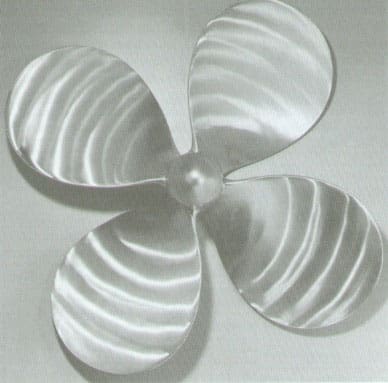Why is bronze still such a widely used material for propellers, through-hulls and seacocks? Are there not more sound alternatives to a literally age-old alloy? It would seem that with recent technological advances, particularly within the last decade, better materials surely must exist. Plastics and composites provide a lighter, less corrosive option, and are indeed used from time-to-time. Stainless-steel, among a slew of other metals, also might be considered a rational alternative for these parts. Yet bronze is still selected in the vast majority.
The short answer to the question at hand is "industrial consistency". Firstly, bronze is easily sand-cast and machined – meaning it is simple to mold and hone into form due to its relatively soft consistency. In many industrial circles, "easy" dually translates to "cheap". The potential for corrosion in outboard and sterndrive motors calls for more expensive alloys such as aluminum, but they must be die-cast instead.
Roger Hellyar-Brook, Systems Program Instructor at The Landing School of Boatbuilding and Design, suggests, "Stainless steel is the premium alternative for material. But, as in most cases, 'premium' basically means better-looking and more expensive. Bronze is a more readily available alloy, but companies like Yamaha that use aluminum for their outboard and sterndrive propellers do so in such a mass quantity that it costs about the same as sand-casting bronze more particularly." When asked about the developments in plastic materials, he stated, "They're used with lower horsepower engines, but really aren't that durable. Maybe within the next five-or-so years there'll be a better composite material to work with."
It would seem that the immediate future fosters a steady fate for bronze; continual usage and vast production. The reality of the situation is that there truly isn't a "better" material for inboard propellers, through-hulls and seacocks. Yet.

